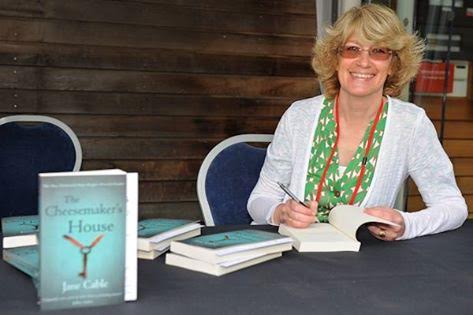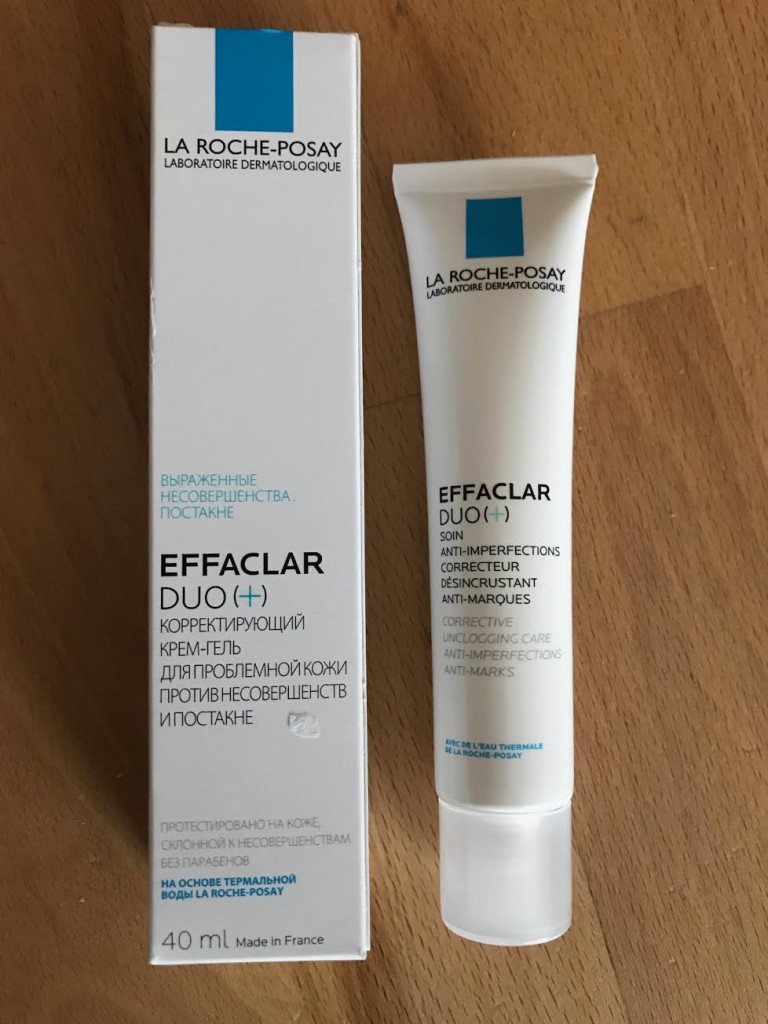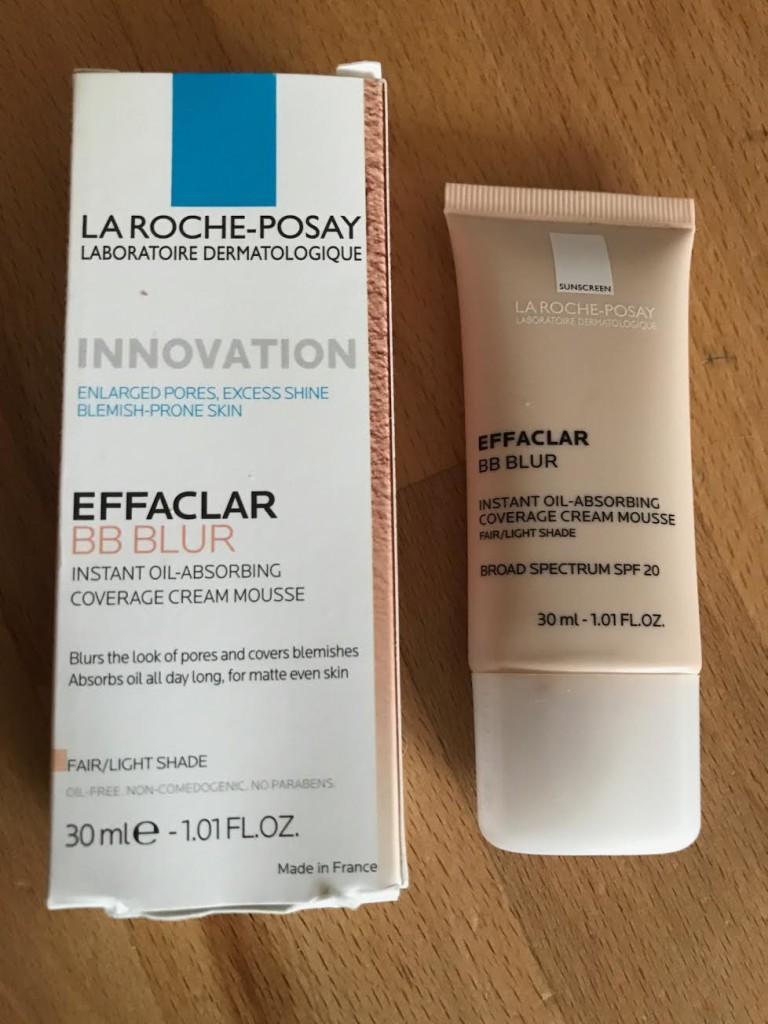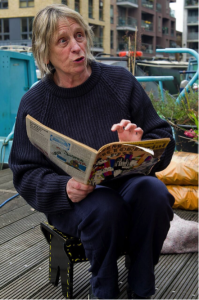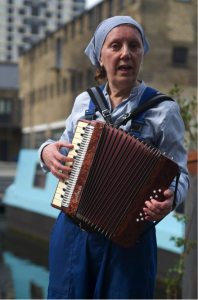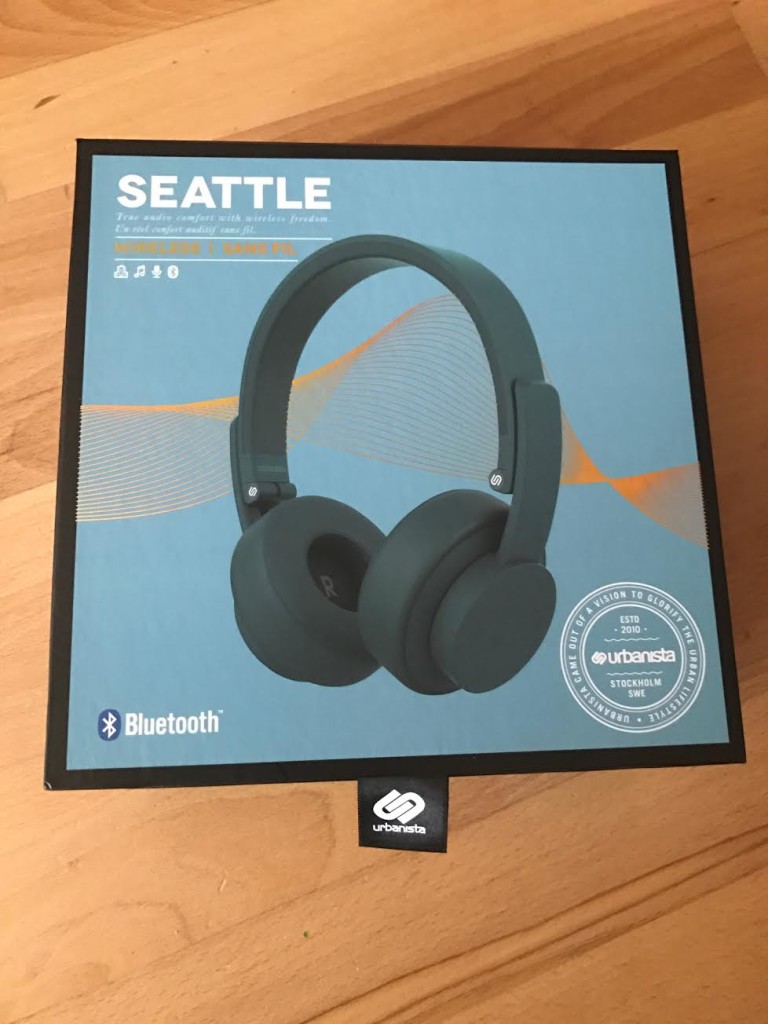 Your new show is How to Live Mortgage Free. Explain what it’s all about.
Your new show is How to Live Mortgage Free. Explain what it’s all about.
Obviously with no money, you can’t own a house. But if you have some assets, let’s say you’ve saved up enough for a deposit, or you’ve got some capital in your home with a big mortgage, is there a way of living in proper low-cost housing? Is there a way of looking at things in a slightly different way, and instead of having a home that will cost you £300,000, can you do it for a tenth of that cost? Can you get a home for less money, so you don’t have a massive mortgage?
And what is the answer? What alchemy are you recommending?
It’s all about finding slightly alternative ways of living. If you want to go the standard route where you live near Starbucks and the tube in a three bedroom Victorian terrace, you probably can’t live mortgage free, because you need more money for that. But a lot of people spend an awful lot of money on rent. If you can stop paying rent then you save an extraordinary amount of money. So we have one girl on the show who pays £20,000-a-year in rent. She saved about £25,000, but that, as a deposit, was nowhere near enough to be able to buy a flat where she lived in London. So she ended up buying a barge for £168,000 and refurbishing it, and living on the water. There are a couple of people in the series living on the water. There are other places and other ways that you can live which are much lower cost, which either enable you to save up for a bigger deposit and a smaller mortgage, or you can just buy outright. We’ve got somebody else who’s bought a double decker bus and turned it into a home, which is really cool. And there’s another guy who’s turned the back of a lorry into a home. He does live on a farm in Wales, so he’s got the luxury of the fact that he can use his parents’ land. Land is the biggest cost involved – if you’ve got a piece of land with planning permission, that’s the biggest hurdle overcome.
And one of the ways of doing that is to build on a brownfield site [land previously used for industrial or commercial purposes]. How do people go about finding such places?
Well, that’s the key. You need to be a dog with a bone. This is not the easy path, which is why it’s not the normal path. You have to hunt around. One of the things I’ve learned in housing is that the big wins go to the people who take the big risks. Brownfield sites are really interesting. It’s an easier planning battle to get a home on a brownfield than a greenfield site, and you end up with a much cheaper property. Quite a lot of people in the series are selling their homes with a mortgage and buying a new home for a lot less money.
What was your favourite solution that someone came up with for going mortgage free?
The double decker bus is really cool – we’re going to go and film the finished article in a couple of weeks, and I can’t wait to see it. But I think the lorry-back is really cool. Everyone knows you can build a home out of a container, but the lorry back was really interesting to me. Everyone knows you can build a home out of a shipping container. But the lorry back is very clever. It’s mobile, which means you can take it with you in the future. It’s not simple to move around, but you can move it. And if you use a container, it’s difficult to put in the windows and doors, because a lot of the structure is in the walls. But a lorry back is effectively a frame, and in-filling a frame is so easy, anyone could do it. My kids could do it. And you can fit it with any size of windows or doors. You need a low level of skill to turn a lorry back into a home. So I thought that was really clever.
If you were starting out now, what route would you take to being mortgage free?
I lived in the back of a van for a bit with my husband, back when he was my boyfriend. You’re so flexible when you’re young. What I would do now is I’d start young and save from a really young age. I had an ex-council van, and we slept in the back of the van for quite a long time, on and off, and that was fine because we were young. I wouldn’t want to do it now!
Was there something quite romantic and adventurous and fun about it at the time?
Yeah. God, it was brilliant. I was completely free. You’ve got no responsibilities and no tiers. It’s the only time in your life when you can just go anywhere and do anything and risk everything. The first flat we bought, we had an outside loo and no bathroom. I was 19 at the time. And where we wanted to put the bathroom was the door to the outside yard. So we blocked up the door to build the bathroom, which meant to get to the only loo you had to climb through the window to go to the loo. It was a really amazing and exciting adventure. So I’ve lived through what these people are doing, and that’s why I find it so inspiring. If you really want to do it, you just can’t take the normal path in life.
There’s a relatively conventional way of doing it, as with the family who simply paid off their mortgage by living very frugally for a while. But in doing that, they’ve saved an extraordinary amount compared to what their mortgage could have cost them, haven’t they?
Yeah, exactly. We live in such a consumer society now, we think we’ve got to spend all the money that we spend. But you can pay off your mortgage way, way, way quicker if you save harder. And saving doesn’t mean you have to sit around doing nothing. There are a billion things you can do that are free out there, or very low cost. The Victorians invented consumerism, and we’ve taken it to the next level. Shopping is now an activity, like going for a walk. You should go shopping because you need to buy something.
It’s not just about practicality this show, is it? It’s also about beautiful and ingenious design, like Grand Designs but without panes of glass that cost £70 grand and have to be brought in from Antwerp.
[Laughs] Exactly. There’s some amazing and very inspiring design, at a low cost. I’ve seen so many houses in my work, and I don’t get as inspired as often as I used to, but I can honestly say that every single one of these was absolutely amazing. They’re very creative people. But I don’t think you have to already be very creative to do this stuff.
So you’re saying, with a bit of hard work and sacrifice, this is genuinely stuff that people can do?
Definitely. And if you’ve got the confidence to give something a try. It’s not going to be a walk in the park, and you won’t have to work hard, but anyone can do it.
What takes up the most of your time – your TV work or your business ventures?
At the moment it’s Tepilo [Sarah’s online estate agents] that takes up most of my time. That’s running at 1000mph. I’ve never been involved in a business that has grown so fast. That’s really exciting. It’s probably a blend between Tepilo and, as the kids get older, they take up quite a lot of time as well. There’s those two and TV. I’m trying to do a bit less TV, because there isn’t that much time.
In amongst all of these time pressures, do you manage to get down to Rise Hall much?
Yeah, that takes up a load of time as well, thinking about it. That’s a really big business now, with lots of weddings. We’re diversifying just now, we’ve got new management in there, we’re looking at all the other aspects of business we can do at Rise Hall. It’s really exciting. We’re opening it up so that people can go there for tea, and during the week as well. Weekend weddings it’s fairly full, so now it’s a question of making use of the house for the rest of the time, during the week.
Lastly, you’ve got multiple businesses, you’ve got property interests, and you’re a TV personality. Are you the next Donald Trump?
[Laughs]Do you think I should have a go? I reckon if he can do it, I should have a go. I’ve always said I’d hate to be Prime Minister, but I wouldn’t mind being a dictator. It was meant to be ironic, at the time, but now it doesn’t seem quite so funny. I like to think perhaps I’d be a more benevolent dictator than Donald Trump would aspire to be.
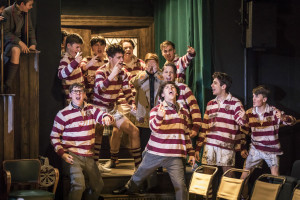 You can almost smell overcooked cabbage thanks to Lez Brotherston’s impressive school hall set, which comes complete with an almighty oak organ, rising from and towering over the stage.
You can almost smell overcooked cabbage thanks to Lez Brotherston’s impressive school hall set, which comes complete with an almighty oak organ, rising from and towering over the stage.



